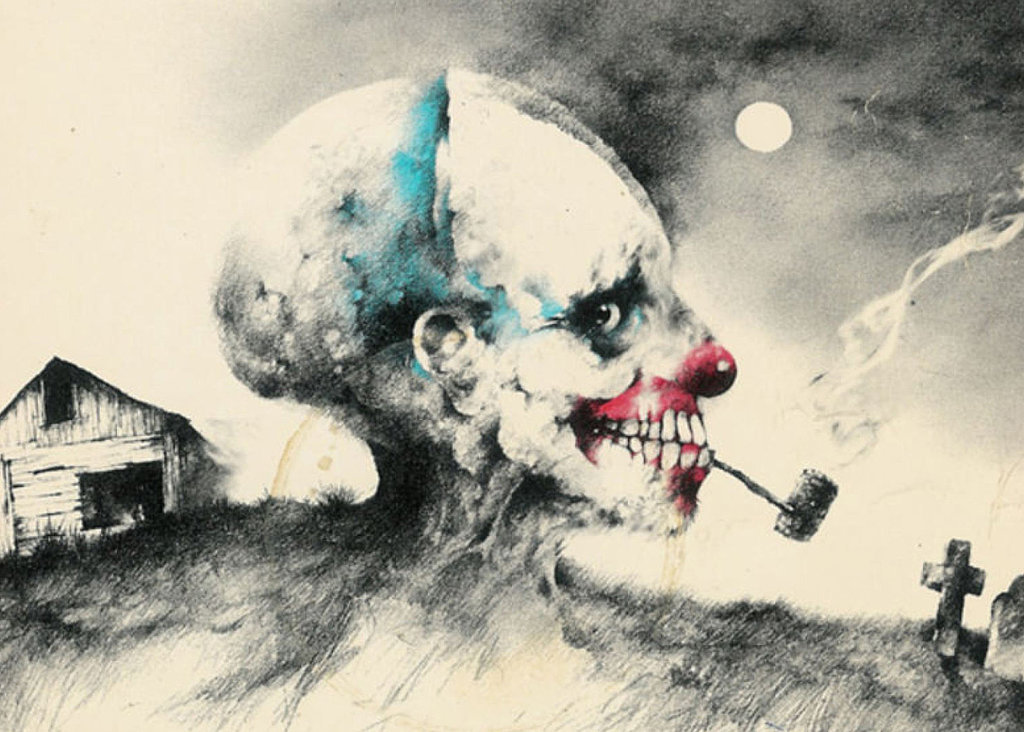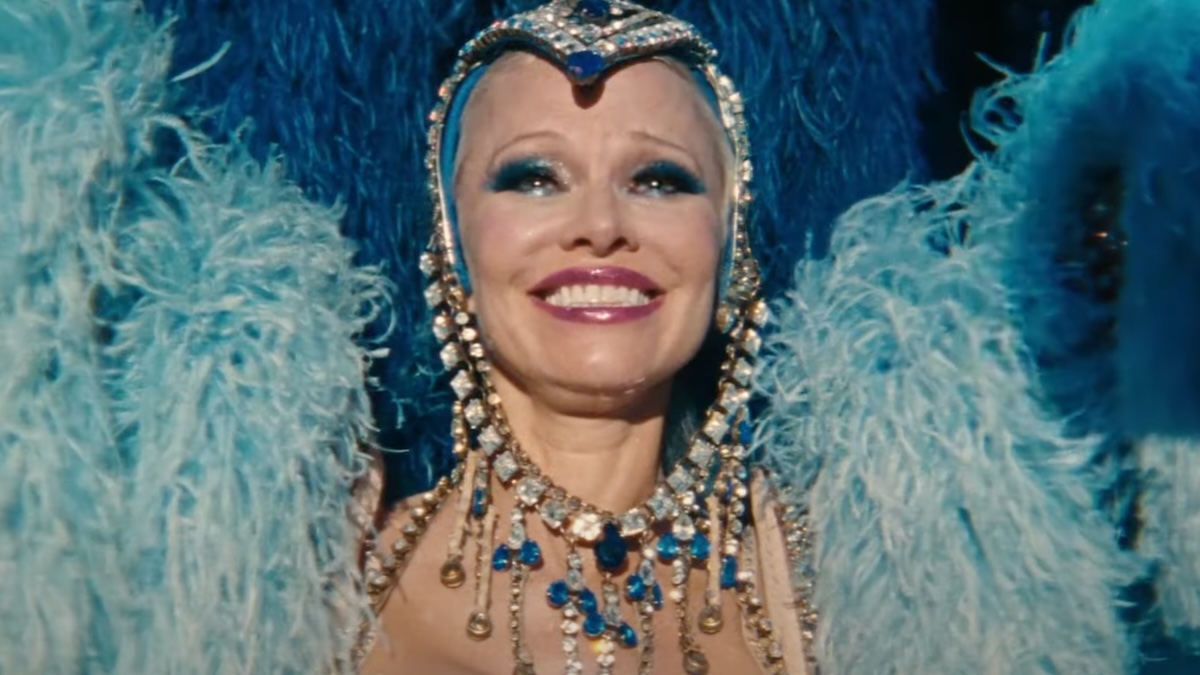Depending which side of 1980 you were born on, Scary Stories to Tell in the Dark, a series of children’s books written by Alvin Schwartz and illustrated by Stephen Gamell, has likely kept you up at night at some point in your life.
The impact of the beloved and often controversial collection of folk stories and legends is evident in the recent crop of movies inspired by Schwartz’s work. A Scary Stories to Tell in the Dark adaption is on its way from Guillermo del Toro, and the books will also be honored soon in Scary Stories, a crowdfunded documentary directed/produced by Cody Meirick. The documentary will feature interviews from Schwartz’s family members, folklorists, scholars, and notable horror authors like R.L. Stine, and is currently in the midst of an Indiegogo campaign.
Over email, we spoke to Meirick about why people are so affected by Scary Stories to Tell in the Dark, and what the documentary’s team has uncovered about the series and its fans so far.
The Mary Sue: What is your personal relationship to Scary Stories to Tell in the Dark? What drew you to making this project?
Cody Meirick: Like a lot of people my age (and people not my age), I definitely grew up with Scary Stories to Tell in the Dark. I grew up reading them, R.L. Stine, and all kinds of other scary books. And like a lot of people, it became a big nostalgia thing when I was in the my 20s and 30s… remembering the stories, the illustrations, and remembering how I would thumb to the back of the books to read about the sources of the stories.
I was drawn to these books as a subject because I see a great story to tell. I wanted to make a documentary about the importance of literacy in childhood. But you want a hook, a way to tackle it. In this case, you got a title that got a lot of kids reading and it also happens to be one of the most challenged children’s books of the last 30 years. So put those together, along with the fact that it is taken entirely from folklore and oral tradition, it makes for an interesting statement.
TMS: You’ve interviewed a lot of people who grew up reading these books. Is there a specific story or illustration that people bring up the most?
Meirick: Surprisingly, it runs the gamut. The only thing that seems consistent is that people are just sure that everyone will talk about a particular story or illustration that deeply affected them as a child. When in fact I would say at least a dozen of them have come up time and again. And still there are others that pop up in someone’s memory that no one else had mentioned before. I could mention a few that seem fairly prominent: Harold, The Red Spot, High Beams, the illustration from The Haunted House, and of course the songs. The songs come up often as well. It is surprising what stays with people.
TMS: Scary Stories to Tell in the Dark is going to be a major movie from Guillermo del Toro soon. From the research you’ve done on Alvin Schwartz, how do you think he would feel about his books getting a film adaptation?
Meirick: I think he would have gotten a kick out of it. The success of the books came very late in life and in fact they didn’t become truly popular until after he passed. He struggled for a lot of years to find success in writing, but he was ambitious and tried hard. But he was a shy, bookish person who enjoyed folklore, research, and the act of storytelling more than horror specifically. He ultimately wanted to give people and specifically children what they wanted. He started more with humor and wordplay books but then he discovered a huge allure for kids: scary stories. So if he was told people wanted the stories told in a different medium, I think and I think his family thinks that he would have embraced it. He always stressed that folklore was a living, breathing thing that shouldn’t be contained to the written page. So having a go in film I don’t think he would have had a problem with.
TMS: How do you think the Internet has impacted the way we exchange folk stories like the ones included in Scary Stories to Tell in the Dark? As our ways of communicating continue to evolve, how has that impacted those stories and the tradition of oral storytelling?
Meirick: That is an interesting thing that I think we will talk about. On one hand you have a book series that people are very nostalgic and protective of. They grew up with these books in their original form. At the same time, the internet is what makes the original form live on. In no time at all I can Google Alvin Schwartz’s version of The Hook, but then immediately browse other people’s iteration of the same story. I can look up Stephen Gammell’s illustration for Wonderful Sausage. I can love it. But then also immediately find an artist doing their own take on the same image. It has certainly changed how we get our folklore, and in some cases now our lore and storytelling is born on the internet. And so now we have creepypasta and the like. What I still always appreciate are websites that essentially carry on Alvin Schwartz’s inclination to catalogue and report on sources and interesting aspects of the stories we tell… Wikipedia, Snopes, etc. There is so much out there; I think it is important to have people and websites that give context and historical perspectives on the stories we tell.
TMS: What are your goals with this newest IndieGoGo campaign?
Meirick: I’ve been working on this thing for two years. I’d love to finish it in 2016 for the 35th anniversary. No matter what happens though, we’ll soldier on. The goal for the campaign is $39,000, which includes costs for a fair bit of travel and licensing archive footage that can get quite expensive. I don’t want to tell people it will cost less then crowdfund it again asking for more. This is realistically what it takes to do it right. If I raise less, we’ll do less and keep applying for grants and other ways to get the thing done. I’ve given the Schwartz family notice that these things sometimes take a few years, and they are very supportive. Again though, I’d love to finish it in 2016.
—Please make note of The Mary Sue’s general comment policy.—
Do you follow The Mary Sue on Twitter, Facebook, Tumblr, Pinterest, & Google +?









Published: Feb 26, 2016 02:13 pm